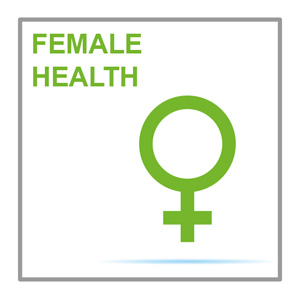VAGINAL BLEEDING, VAGINAL DISCHARGENon-menstrual bleeding should always be investigated. Women may present with:
Vaginal bleeding may be a sign of:
VAGINAL DISCHARGENormal physiological vaginal discharge changes with the menstrual cycle. It is thick and sticky for most of the cycle, but becomes clearer and wetter around ovulation. Abnormal vaginal discharge is characterised by a change of colour, consistency, volume or odour, and may be associated with symptoms such as itch, soreness, dysuria, pelvic pain or intermenstrual or post-coital bleeding. Most commonly caused by infection e.g.
Non-infective causes include retained foreign body, inflammation due to allergy or irritation, tumours, atrophic vaginitis, cervical ectopy or polyps. Refer women with suspected PID (same day) or suspected trichomoniasis for genitourinary medicine clinic investigation. Arrange urgent admission for women with PID who are pregnant, pyrexial and unwell or unable to take oral fluids or medication. Patient. Intermenstrual and postcoital bleeding. Professional reference; updated 2020 https://patient.info/doctor/intermenstrual-and-postcoital-bleeding NICE Clinical Knowledge Summaries. Vaginal discharge, 2019. https://cks.nice.org.uk/topics/vaginal-discharge/ NICE NG12. Suspected cancer: recognition and referral https://www.nice.org.uk/guidance/ng12 Practice Nurse featured articles Heavy menstrual bleeding Practice Nurse editors Management of menstrual problems Dr Mary Selby Practice Nurse Curriculum Module
|
|
